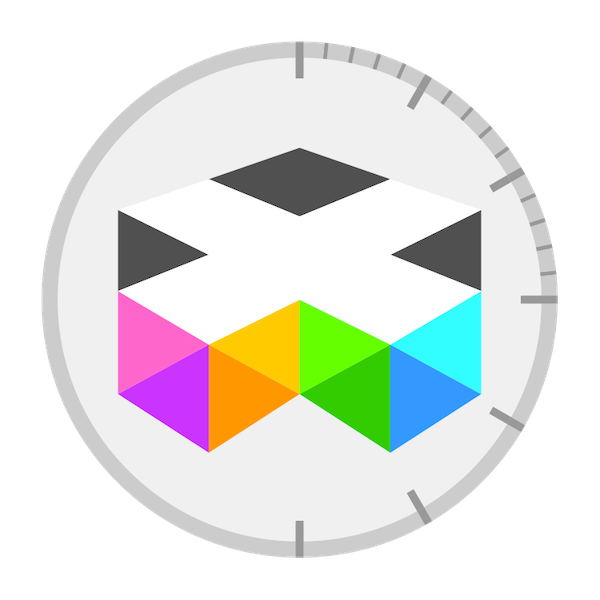Chronograph Saga 2 – How It Works
In our last report we introduced the chronograph. Now, let’s have a look at how it works. The first point concerns controlling the functions. To to do, watchmakers invented pushers to start, stop, and reset the chronograph, and also to control the additional features on more complex versions like the split-seconds chronograph. In essence, the pushers are the exterior components of a whole system of commands, which makes them crucial as they govern the link between the pushers and the functions. The operating system can be imagined as the brain of the chronograph: the simplest ones use cams, which are parts designed to transmit and adapt information. The column wheel system constitutes a complex version of the chronograph’s operating system.
The chronograph is one of the two most complex complications that work on demand (as opposed to continuously like others such as the date do). Like the other on-demand complication – the minute repeater, which rings the time – the chronograph must be started and stopped. In a technical sense, this means that all the components belonging to the function are inactive by default. They begin working once the function is connected to the main movement that delivers the energy. This happens when the user pushes the start/stop button. At this moment, a connection between those two entities is made thanks to what is called a clutch. Throughout time, watchmakers developed two main kinds of clutches to activate the chronograph. The horizontal clutch is characterized by a wheel moving laterally to make contact with another wheel that belongs to the movement. The second one is the vertical clutch. Here, all the components are positioned on the same axis, including a disc controlled by a circular spring. The concept of the vertical clutch is thus different from the clear on/off system of the horizontal clutch. Indeed, the vertical clutch is always active, though the function only starts when the disc is pushed against the wheel of the chronograph. At this moment, it is released by a control system and the spring maintains the pressure against the chronograph wheel. To stop it, the control system pushes back the disc that continues to turn as it becomes part of the main movement.
The precision of a chronograph depends on various factors, but above all it depends on the movement, where the frequency of the caliber has a strong impact. The higher it is, the most precise the measure will be. For this reason the El Primero chronograph from Zenith is a reference on the market. It is the only one that is available at a larger scale with a precision of one-tenthof a second to beat at 5Hz. Usually, the frequency of a chronograph ranges between 3 and 4Hz. But in the end, the most unstable and unpredictable factor is the human itself. It takes 0.3 second for a man to react and press a






